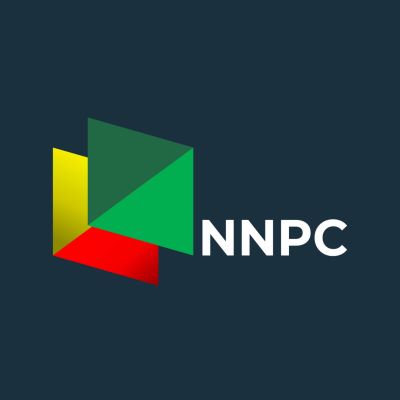Warri refinery shutdown has entered its fourth month, sparking growing criticism over the Nigerian National Petroleum Company Limited’s (NNPCL) handling of the project, which cost nearly $900 million. Industry experts and stakeholders are now questioning the company’s credibility and the real outcome of the much-celebrated refinery revitalisation.
The Warri Refining and Petrochemical Company (WRPC) was shut down on January 25, 2025, less than a month after it was declared operational by the former Group Chief Executive Officer, Mele Kyari. The shutdown, according to a document from the Nigerian Midstream and Downstream Petroleum Regulatory Authority (NMDPRA), was due to critical safety concerns involving the plant’s Crude Distillation Unit Main Heater.
This comes as the Port Harcourt Refining Company, which resumed operations in November 2024, is reportedly running at less than 40 per cent capacity—far below the 70 per cent claimed by NNPCL. Monthly data showed that Port Harcourt refinery’s actual average production between November and April was about 82.55 million litres, significantly short of its estimated 218 million litres monthly target.
Despite heavy investment, both refineries are struggling to meet expected outputs. The Warri plant, built in 1978 and designed to process 125,000 barrels of crude oil daily, had seen a short-lived restart in December 2024. Its shutdown shortly after restarting has drawn public disappointment, especially since it followed years of dormancy and financial commitment.
Energy industry players are expressing frustration. “It is very, very disheartening that a refinery that gulped a whole lot of money would be shut down in less than two months of operations. That is a total waste, and people should be held responsible,” said Chinedu Ukadike, spokesperson for the Independent Petroleum Marketers Association of Nigeria.
Similarly, petroleum expert Bala Zaka questioned the value of the refineries’ output if it doesn’t translate into lower fuel prices. He noted that the absence of reduced costs for diesel, petrol, or gas proves the refineries are not functioning effectively.
A closer look at the Port Harcourt refinery’s performance shows unstable production trends. For example, it produced just 9.51 million litres of refined products in November but increased to 108 million litres in December. Yet, the numbers remained well below its optimal capacity of 286.2 million litres per month. By March, production had dipped again to just 100 million litres.
The refinery’s daily petrol evacuation fell from 538,600 litres in December to zero in March and April. In contrast, diesel output remained higher, with nearly one million litres evacuated daily in April’s first half.
Meanwhile, in December and January, the Warri refinery produced minimal quantities—1.96 million litres of diesel and 2.84 million litres of kerosene in December, and 10 million and 12 million litres respectively in January, before operations were fully halted.
A statement from NNPCL earlier this year said the Warri plant was undergoing “planned routine maintenance,” and operations would resume “within the next few days.” However, that assurance has not materialised.
Oil analyst Dan Kunle described the situation as a “scandal,” criticising the past NNPC leadership. He argued that despite huge spending and media promotion, the projects failed to deliver meaningful results.
“The refinery rehabilitation is a scandal. We told them not to go that way. They went ahead to do that,” Kunle said, adding that the new leadership under Bayo Ojulari offers hope for a more competent direction.
Experts are now urging President Bola Tinubu to conduct a full audit of the refineries and consider declaring a state of emergency in the sector. They argue that without serious reform, Nigeria’s reliance on a single supplier—Dangote Refinery—poses a risk to fuel stability and pricing.










